Yegashefi Woka Cooperative Coffee Bean Features Yegashefi Coffee Production Area Distribution
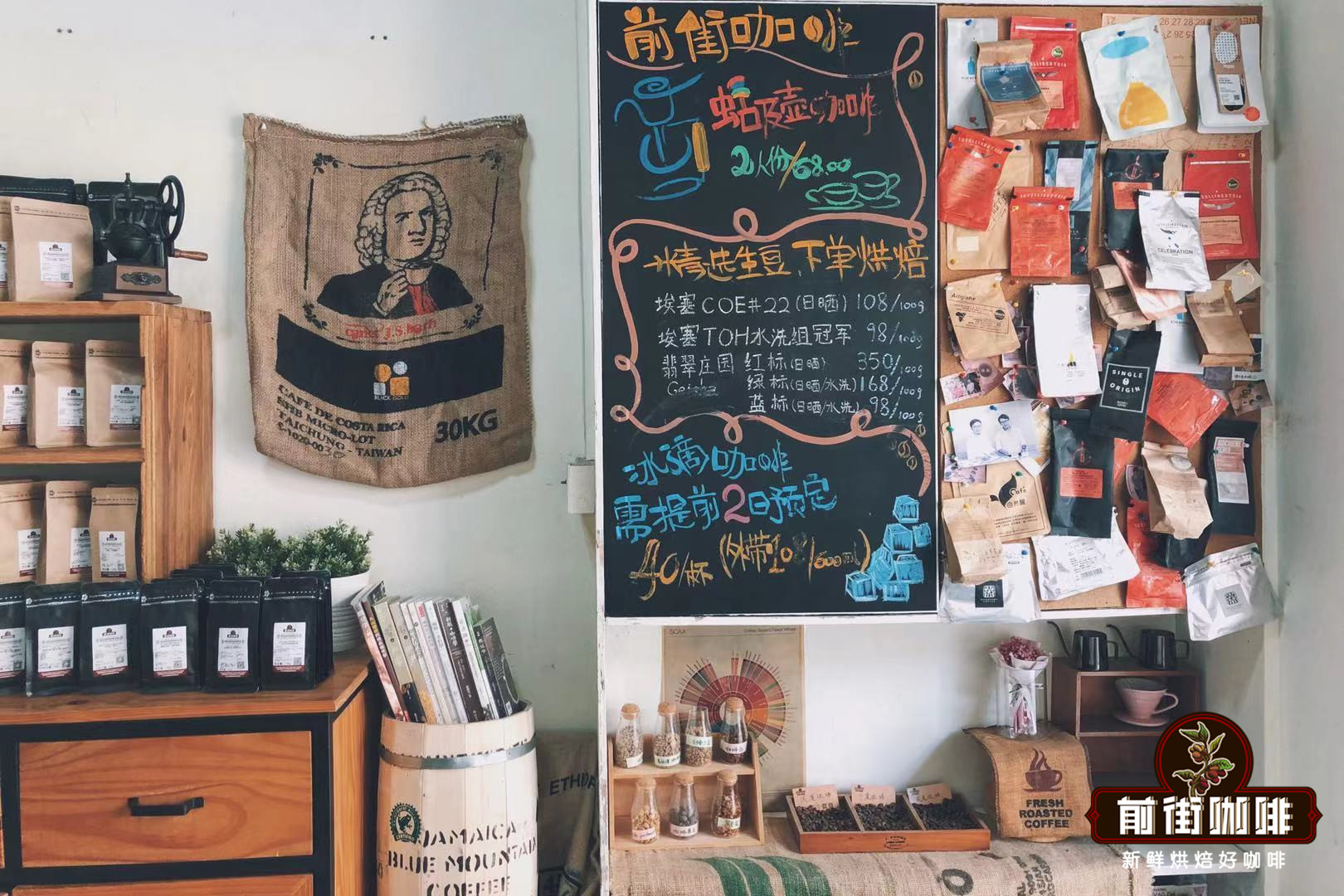
Professional coffee knowledge exchange more coffee bean information please follow the coffee workshop (Wechat official account cafe_style)
Yejia Xuefei is one of the more well-known coffee beans and has become the entry-level bean for many people's boutique coffee. When you talk about Ye Jia Xuefei, you will think of Sidamo, and many people do not know their relationship and difference. These two producing areas belong to Ethiopia. To put it simply, Sidamo is a province. Ye Jia Xuefei is a town in Sidamo province. Ye Jia Xuefei is a by-product area of Sidamo and is one of the highest coffee producing areas in Ethiopia. Because of its unique flavor, it is independent from Sidamo and has become one of the most famous producing areas in Africa. When washing Yejia Xuefei in Qianjie coffee cup, it was found that its most obvious flavor was its distinctive floral flavor and rich citrus flavor. However, the taste of coffee will also be affected by the change of brewing temperature, roasting degree and other factors. Qianjie Coffee is tested with Waka today.
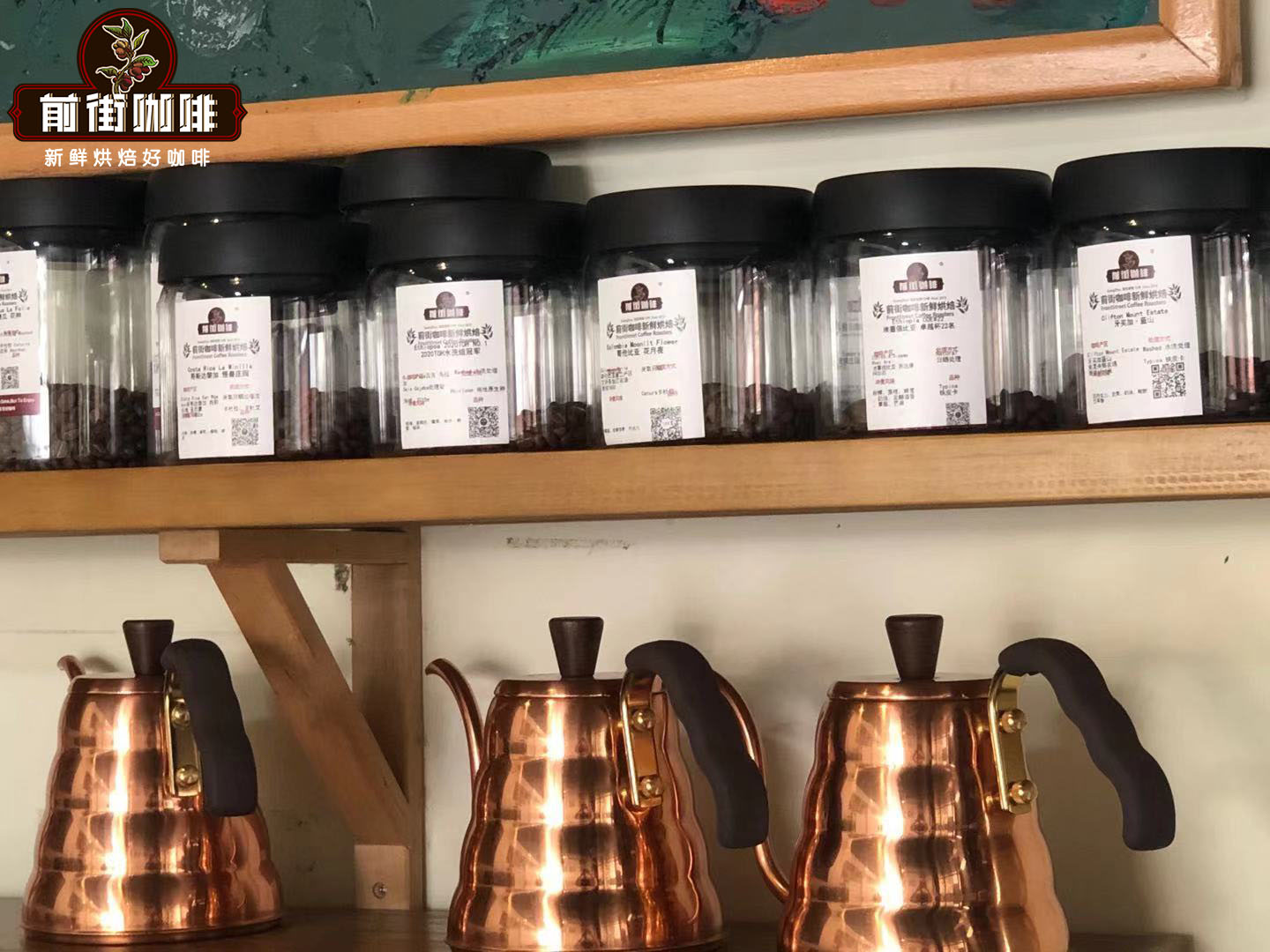
Bean information
Ethiopia Yega Sheffivoka Grade: G1 Variety: Heirloom planting height: 1650 m ~ 1800 m treatment: washing
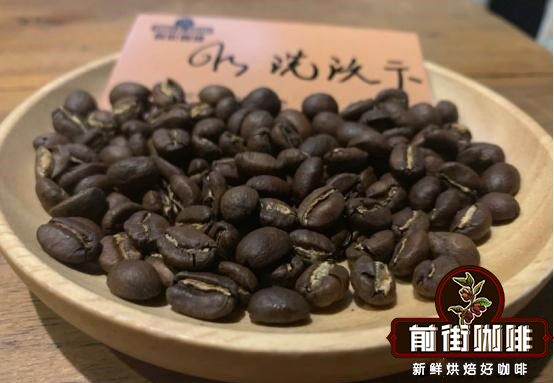
Brief introduction of producing area
Yirgacheffe is located in the Gedeo region of southern Ethiopia. The well-known jurisdiction of this area is Yegashafi and Kochere, which is at an altitude of 1700-2100m. It is one of the highest coffee producing areas in the world and is synonymous with Ethiopian boutique coffee.
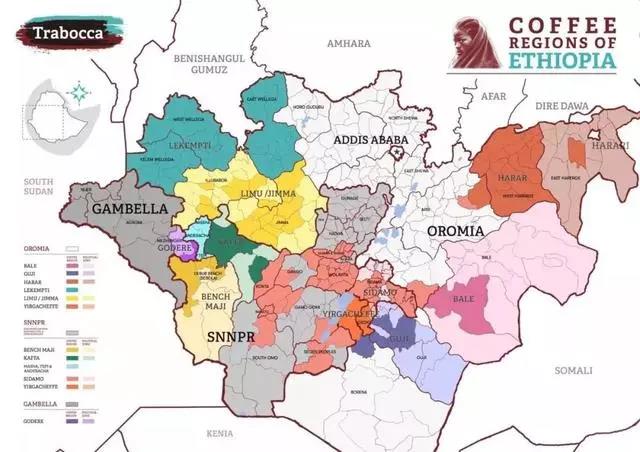
The Rift Valley, represented by Misty valley, is foggy all the year round, like spring all the year round, with a gentle breeze, cool and humid, and thousands of coffee trees thrive, giving birth to the unique and unpredictable atmosphere of Yejia Xuefei's unique fragrance of flowers and fruits.
The coffee beans on the front street of the Waka Cooperative are processed by the Waka Co-operative (Worka cooperative) from a single farm, Ethiopia. Alemayehu Alako Farm is a member of the Waka Cooperative.
Woka is located in the Yega Sheffield producing area, 1800m above sea level. The Waka Cooperative was founded in 2005 and joined the famous Yejia Sheffield Coffee Farmers Cooperative Union (YCFCU,Yirgacheffe Coffee Farmers Cooperative Union). It is famous for producing high-quality sun Yerjia Coffee, which has about 300 coffee farmers.

Treatment method
Qianjie Coffee this Yega Chefevoca coffee beans are treated with water.
Put the selected coffee cherry into the peeling machine and initially remove its peel and pulp. Put the coffee beans with residual pectin into the water and let them ferment for about 24 hours. After fermentation, the raw coffee beans with parchment are washed in a flow tank to remove the pulp and pectin. After washing, dry the coffee beans or dry the coffee beans with the help of a dryer to reduce the moisture content to about 12%, and finally remove the parchment of raw coffee beans.

Primary species
The Waka coffee bean seed in front of the street is also a native species.
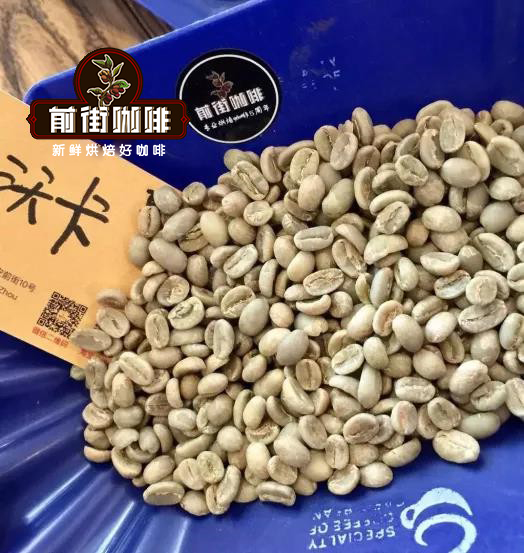
Generally speaking, coffee farmers may grow multiple varieties at the same time, or they may pick out the better varieties and sell them. In particular, Ethiopia, where coffee is mostly wild or semi-wild, grows in fields, backyards or under forests, and what coffee farmers receive is actually a large platter of many different natural varieties.
Wild coffee trees like to grow at the bottom of the forest. The tree species that can shade coffee is called "Shade Tree, or Shadow Tree"; such a planting method is called "Shade-grownCoffee". The advantage is that it can reduce the impact on the ecology, and a variety of organisms will also help to suppress diseases and insect pests. In some areas, bananas and other local food crops are used to shade coffee.
Nearly 2000 coffee varieties have been recorded in Ethiopia, including 1927 native varieties and 128 imported varieties. So just by looking at the appearance, Esther's coffee variety is "Grand View Garden", which has everything, long, short, thin, fat. 、
Ethiopia (graded in proportion to defective beans)
Before the emergence of the Ethiopian Commodity Exchange (Ethiopia Commodity Exchange referred to as ECX), Ethiopia's coffee export grade was established by the CLU Department of the Ministry of Agriculture (Cupping and Liquoring Unit), which mainly graded coffee raw beans according to the number of defective beans in 300g, as shown in the table below.
Grade
Number of defective beans (per 300g)
Grade 1
≤ 3
Grade 2
4-12
Grade 3
13-25
Grade 4
26-45
Grade 5
46-90
General washing treatment is G1-G2, due to the technical problems of sun treatment at that time, the number of defects of raw sun beans is relatively large, generally G3-G5, with the improvement of sun treatment technology, now the sun beans can also reach the G1-G2 level.
After the establishment of ECX (Ethiopia Commodity Exchange) in 2008, it was graded by the combination of physical properties of raw coffee beans and cup flavor characteristics.
ECX defines all coffees as unwashed and washed as three types:
A. The number of defects in Speciality is small, and the cup test has high flavor quality.
B. Commercial (Commerical) can not reach the boutique grade, but it is higher than the domestic (Local / Domestic) consumption grade.
C. Coffee with a relatively poor flavor caused by a large number of local / domestic (Local / Domestic) defective beans (unripe beans), out of season and poor storage.
Among them, boutique and commerce are aimed at the export international market. ECX divides coffee raw beans into nine grades according to the total score of physical attribute characteristics and cup test flavor characteristics, of which the physical feature score accounts for 40% and the cup test mass score accounts for 60%.
Physical characteristics (40%):
Washing treatment: number of defects (20%), appearance size (10%), color (5%), smell (5%)
Non-washing treatment: number of defects (30%), odor (10%)
Cup test quality (60%)
Grade
Score
Water washing
Non-washing
Grade 1
91-100
91-100
Grade 2
81-90
81-90
Grade 3
71-80
71-80
Grade 4
63-70
63-70
Grade 5
58-62
58-62
Grade 6
50-70
50-70
Grade 7
40-49
40-49
Grade 8
31-39
31-39
Grade 9
20-30
20-30
Then the G1-G3 was tested again according to the SCAA standard, and its flavor properties were evaluated in more detail, and the G1 and G2 were rated as Q1 for no less than 85, Q2 for G1 and G2 G3 between 80 and 85, and G3 for all G1Magi G2 G3 below 80.
Q1 and Q2 are classified as boutique grade exports. G4-G9 remains unchanged and is classified as commercial grade export together with G3.
Baking suggestion
Yega Chuefei's acidity is its characteristic, and in order to highlight this feature, Qianjie coffee roasters recommend shallow roasting.
The heating up is relatively gentle, and the baking time is more than 10 minutes, giving sufficient time and temperature to dehydrate, so that chlorogenic acid can be degraded. If the degradation is not sufficient, there will be sharp acidity to drink, the tongue will feel uncomfortable, and there will be a bit of roughness; at the same time, if you continue to give firepower after an explosion, you will continue to caramelize, resulting in sweetness such as caramel, which is more solid and heavy, while the bright sour taste of fruit will wear out a little bit.
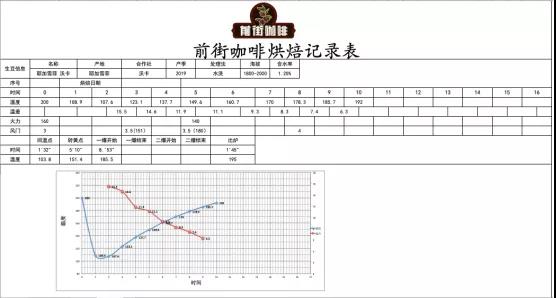
Qianjie Coffee experimented with brewing Yega Chefevoca G1 (shallow roasting) at different water temperatures, showing different flavors and the same other parameters.
Three values are selected for the water temperature, which are 86 ℃, 90 ℃ and 94 ℃ respectively. In addition, try to keep other parameters consistent, use HarioV60 filter cup to brew, the ratio of water to powder is 1:15, the amount of coffee powder is 15g, and the grindness is BG#6S (the pass rate of Chinese standard No. 20 sieve is 80%).
The method of flushing and cooking is the same, all are consistent, using the method of segmented extraction, 30g water is steamed for 30s, small water is injected around the circle to 125g, and when the water level is about to expose the powder bed, continue to inject water to 225g, and the extraction time is 2min.
[87 ℃ hand flushing flavor]
The entrance has lemon and tea feeling, the acidity is obvious, the taste is round, and the overall level is thin.
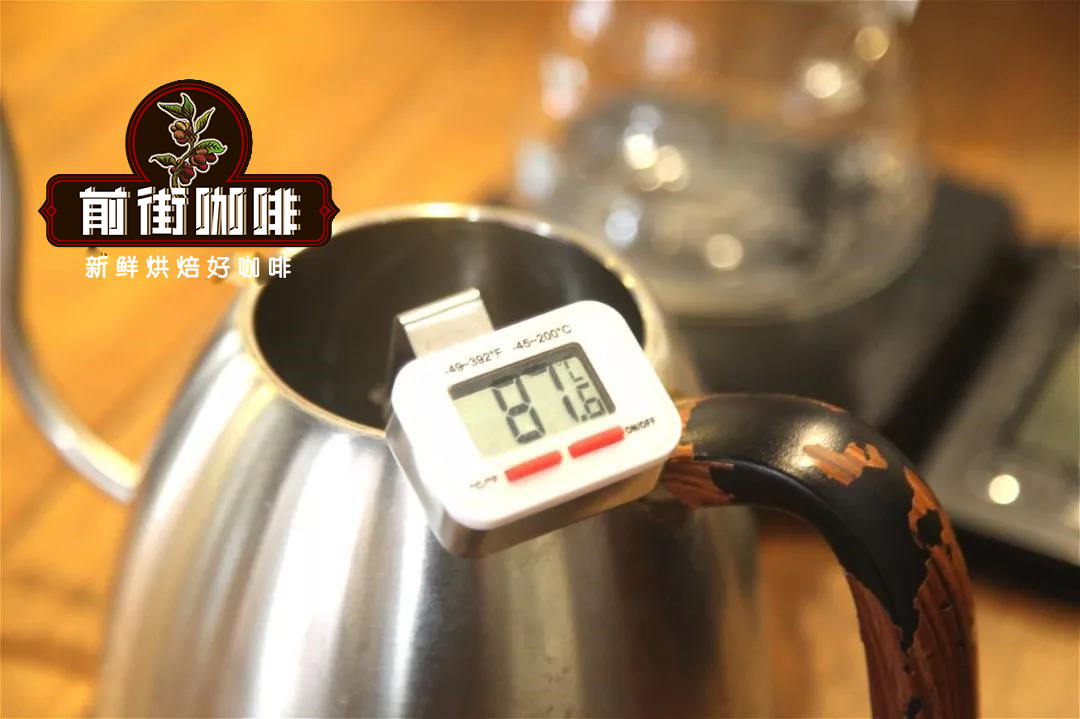
[90 ℃ hand flush flavor]
The entrance has lemon, plum and Tieguanyin. Under the change of temperature, the taste of caramel is obvious, the acidity is bright, and the taste is obvious.
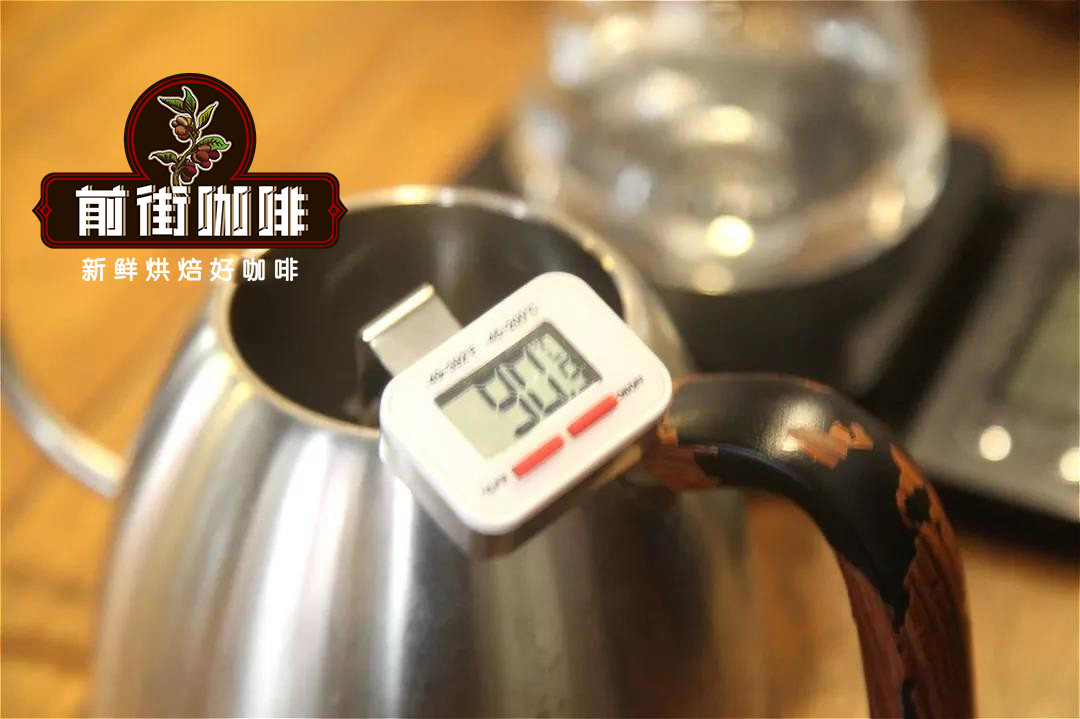
[94 ℃ hand flushing flavor]
Imported lemons and berries are sour, mellow and full-bodied.
From the above, it can be seen that the flavor of 90 ℃ can best reflect the bright acidity and refreshing tea feeling of Yejia Feiwoca coffee beans. 87 ℃ has a weak sense of level, and the flavor is not outstanding enough, while 94 ℃ enhances the mellow feeling, but lacks the brightness of acidity.
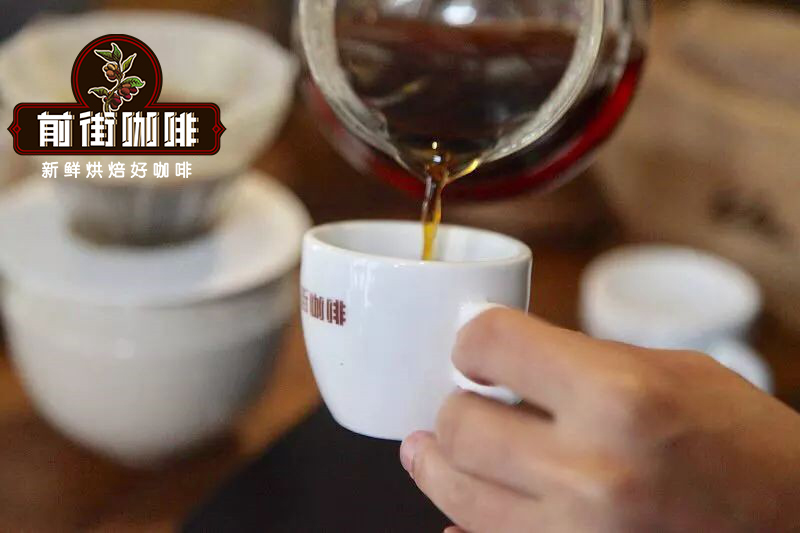
For more boutique coffee beans, please add private Qianjie coffee on Wechat. WeChat account: kaixinguoguo0925
Important Notice :
前街咖啡 FrontStreet Coffee has moved to new addredd:
FrontStreet Coffee Address: 315,Donghua East Road,GuangZhou
Tel:020 38364473
- Prev
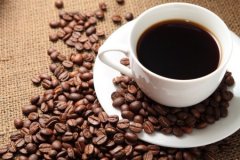
Does Bolivian coffee taste good? the method of making Bolivian coffee
The exchange of professional baristas please pay attention to the coffee workshop (Wechat official account cafe_style) varieties: iron card producer: Cabana small farmer flavor: roasted nuts and almonds, oranges and pomelos are rich in coffee beans in South America, and Bolivia is no exception. The unique tropical rain forest environment in parts of Bolivia provides excellent natural conditions for the growth of organic coffee.
- Next
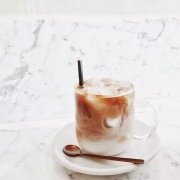
How is the market of Yega Coffee Coffee washed with Water? which brand of Yega Coffee is better?
For professional baristas, please follow the coffee workshop (Wechat official account cafe_style) Note: Yirgacheffe G1 is a grade specially made by Mitsubishi of Japan to Ethiopia Coffee&Tea Authority. It first appeared on the market in 2002-03. G1 grade beans are not produced in the same way as the usual screening.
Related
- Detailed explanation of Jadeite planting Land in Panamanian Jadeite Manor introduction to the grading system of Jadeite competitive bidding, Red bid, Green bid and Rose Summer
- Story of Coffee planting in Brenka region of Costa Rica Stonehenge Manor anaerobic heavy honey treatment of flavor mouth
- What's on the barrel of Blue Mountain Coffee beans?
- Can American coffee also pull flowers? How to use hot American style to pull out a good-looking pattern?
- Can you make a cold extract with coffee beans? What is the right proportion for cold-extracted coffee formula?
- Indonesian PWN Gold Mandrine Coffee Origin Features Flavor How to Chong? Mandolin coffee is American.
- A brief introduction to the flavor characteristics of Brazilian yellow bourbon coffee beans
- What is the effect of different water quality on the flavor of cold-extracted coffee? What kind of water is best for brewing coffee?
- Why do you think of Rose Summer whenever you mention Panamanian coffee?
- Introduction to the characteristics of authentic blue mountain coffee bean producing areas? What is the CIB Coffee Authority in Jamaica?

